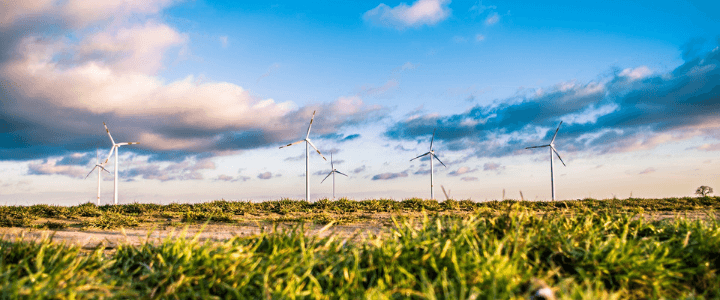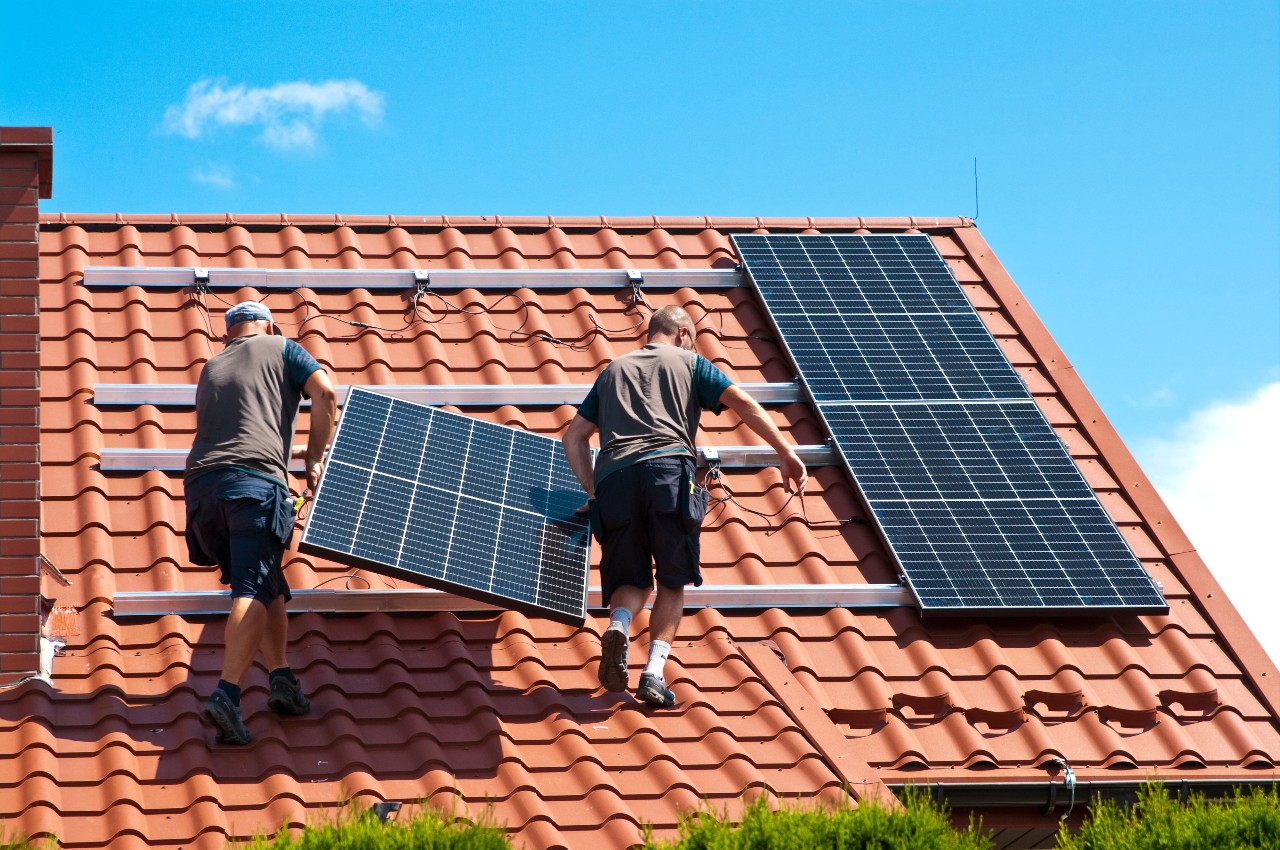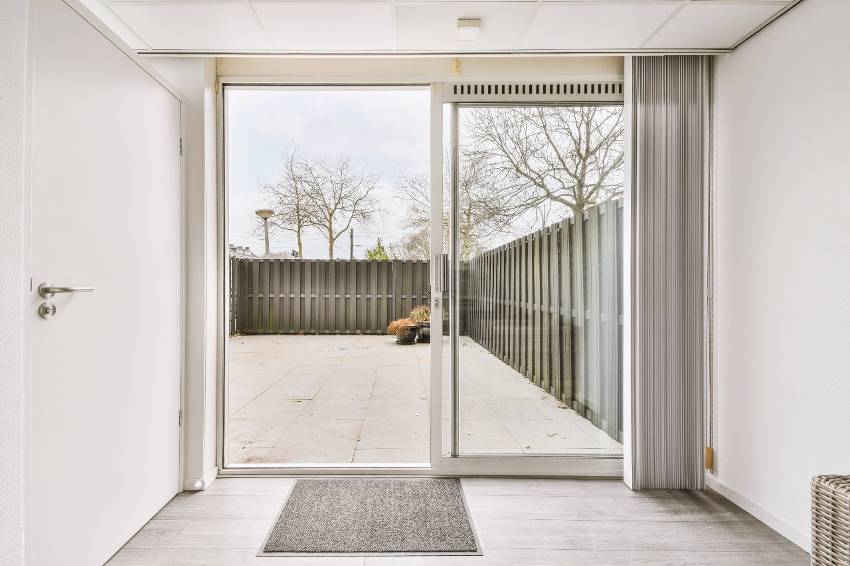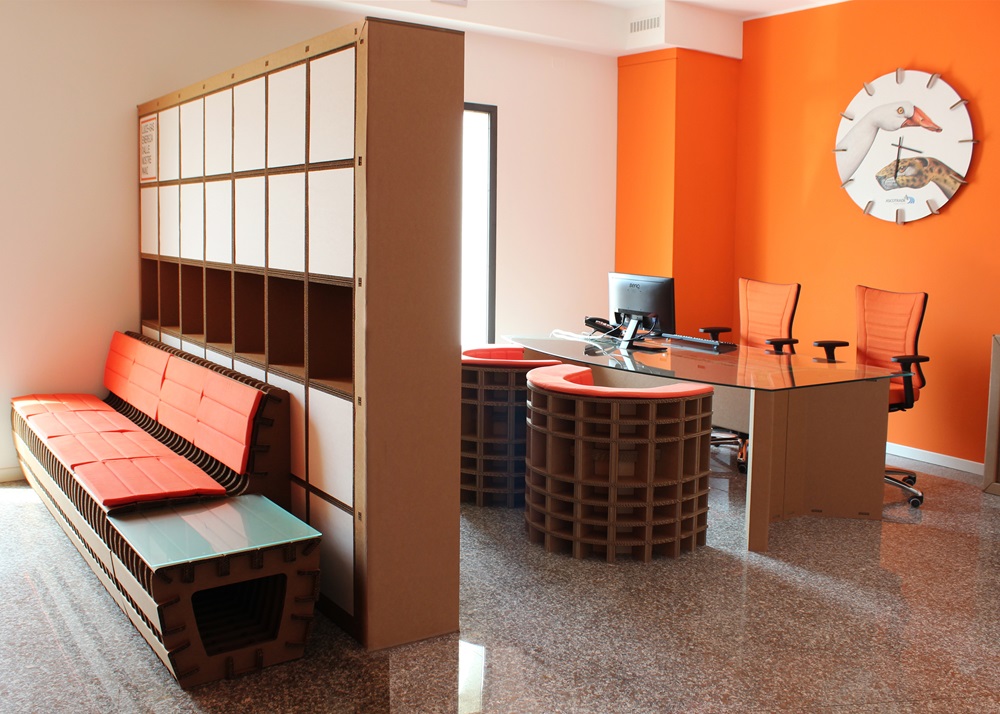Net Zero Energy Explained

The basic concept of a Net Zero Energy Building (NZEB) is where the building produces enough energy to cover the amount used. Based on the premise that any building can achieve Net Zero Energy, consumption may be misleading because becoming a net zero building is two-fold. In other words, it is not enough to only increase the method of renewable energy without considering the energy efficiency of the building.
Energy Efficiency
While there is an array of viable energy efficiency upgrades for old and new buildings alike, each targeting different parts of energy consumption, but all will reduce the cost of ownership for each building.
One way to reduce the energy consumption needs of any building is to seal the envelope. Sealing a building envelope means placing an air-tight barrier between the outside of a structure and the inside. This can be challenging because the air deficiencies are not always evident with a visual inspection. However, an energy consultant can detect troublesome areas by thermal imaging.
Adequate insulation should be applied on all sides of the building including the roof, walls, and floors.
Energy efficient doors and windows can prevent heat transfer in a building by up to 40% over a non-insulated building. So, using low emissivity coated triple-pane glass for the highest thermal performance for doors and windows are highly recommended.
Shop for energy-efficient appliances such as — hot water heater, refrigerator, washer and dryer, and heating and cooling systems to keep the energy footprint as low as possible.
Since HVAC equipment usually uses accounts for over 50% of energy consumption in residential and commercial buildings, you may need an HVAC engineer to help you determine which system will best suit your needs. When a building is sealed airtight, it will definitely help reduce the energy consumption of any heating and cooling system. But to get the lowest energy footprint as possible, the equipment must have a high nameplate efficiency rating and optimal capacity.
Other small changes, such as replacing CFL (compact fluorescent lamps) or incandescent bulbs with LED (light-emitting diode) lamps can offer an energy savings in the range of 30% to 90% depending on the types of lamps being replaced. Even though the initial investment in LED lamps seems to more expensive, considering the lower amount of energy consumption and the fact the bulbs need not be replaced as often, the savings greatly outweigh the investment.
Renewable Energy
The ultimate goal of a net zero energy is to migrate from fossil fuels, such as — coal, oil and natural gas that accounts for the vast majority of today’s energy production. The concern with fossil fuels is that not only do they pollute the environment, but when the fossil fuels are depleted; they are gone forever.
Renewable energy embraces the concept of using our natural resources, such as solar energy, that will never be depleted.
Solar energy is a valuable renewable energy option because the sunshine is plentiful, and it is the most cost efficient to implement. Not only can new buildings incorporate the design for solar power, but existing buildings can be modified, as well.
While solar energy is available where the sunshines, other systems depend more on location.
• Wind Turbine requires a large, open area where the wind speed is maintained at 15 MPH.
• Biomass requires access to large amounts of organic waste.
• Hydroelectricity requires property with a flowing creek.
Conclusion
Becoming net zero energy in any building, commercial or residential, is a balance between energy efficiency and renewable energy. The more the energy footprint is reduced, the closer to becoming net zero.
Author Bio
Michael Tobias is the founder and principal of Chicago Engineers. He is a graduate of Georgia Tech class of 2004, with a Bachelor of Mechanical Engineering with honors. His innovative approach to MEP engineering comes from graduating GE’s Engineering Leadership Program, where he designed wind turbines and biofuel power plant engines. Michael’s passion within design is energy efficiency and green technology.



















